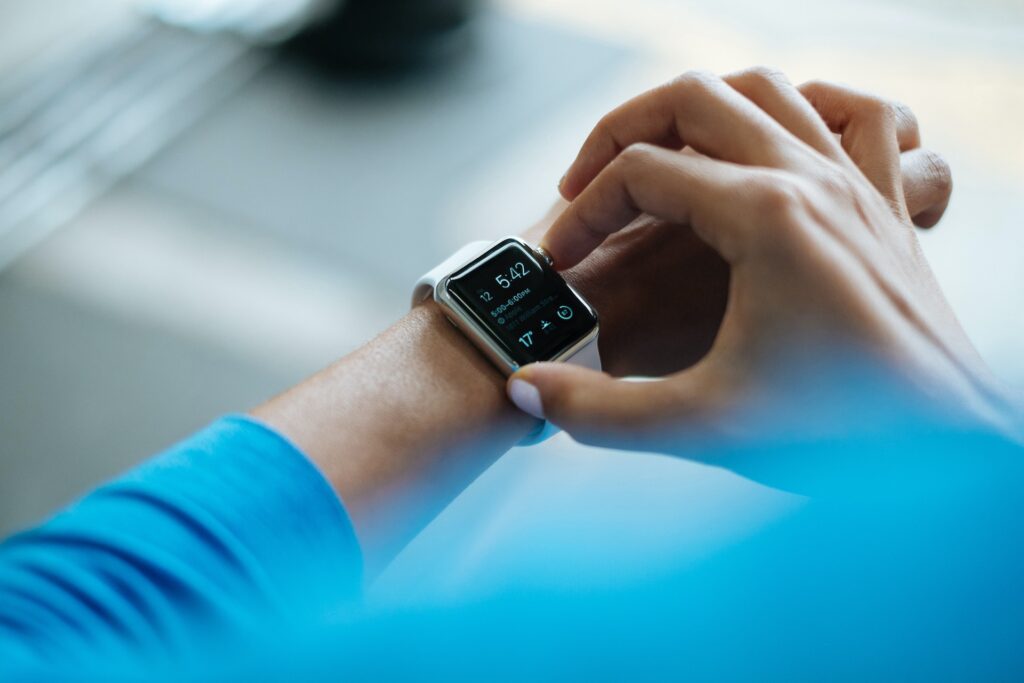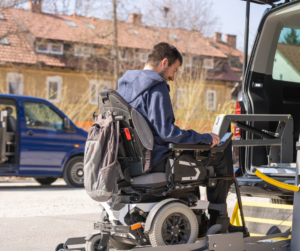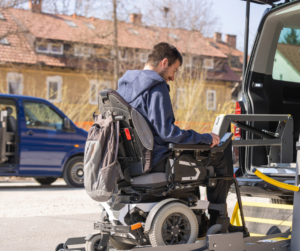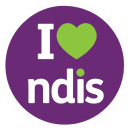In an era dominated by technological advancements, the healthcare landscape is undergoing a transformative shift, especially concerning healthcare accessibility for individuals with disabilities. Speedy Care Health recognizes the vital role that technology plays in reshaping healthcare experiences. In this article, we explore the innovative technologies and tools that are paving the way for enhanced accessibility and convenience for people with disabilities in healthcare.
Understanding Telehealth Solutions:
Telehealth has emerged as a game-changer, breaking down geographical barriers and providing remote access to healthcare services. For individuals with disabilities who may face challenges in transportation, telehealth offers a lifeline. Virtual consultations, remote monitoring, and telemedicine applications enable individuals to connect with healthcare professionals from the comfort of their homes, ensuring timely and convenient access to medical support.
Assistive Devices and Adaptive Technologies:
The realm of assistive devices and adaptive technologies continues to expand, catering to diverse needs. From smart home devices that assist with daily tasks to communication aids that facilitate interactions for those with speech impairments, technology is creating a more inclusive environment. Wearable devices, such as smartwatches and health trackers, contribute to proactive healthcare management, allowing individuals to monitor vital signs and track health metrics independently.
Digital Health Records for Seamless Coordination:
Digital health records play a pivotal role in enhancing coordination among healthcare providers, especially for individuals with complex needs. Electronic health records streamline information sharing, reducing the likelihood of errors and ensuring that every member of the care team is well-informed. This technology-driven approach contributes to a more holistic understanding of an individual’s health, facilitating comprehensive and tailored care plans.
Accessible Information and Communication:
Technology serves as a powerful tool in making healthcare information more accessible. Websites and mobile applications can be designed with accessibility features, ensuring that individuals with visual, auditory, or cognitive impairments can navigate and comprehend health-related information effectively. Furthermore, communication channels, including appointment reminders and educational materials, can be adapted to suit diverse needs, fostering clearer and more inclusive communication between healthcare providers and patients.
Challenges and Future Trends:
While assistive technology brings forth significant advancements, it’s crucial to acknowledge and address challenges such as affordability, digital literacy, and the need for ongoing updates to accommodate evolving needs. Speedy Care Health remains committed to staying abreast of these challenges and embracing future trends that further enhance accessibility, such as artificial intelligence applications in diagnostics and personalized treatment plans.
Conclusion:
In conclusion, technology stands as a powerful ally in the pursuit of healthcare accessibility for individuals with disabilities. From telehealth solutions to assistive devices, the digital landscape is opening new doors and ensuring that healthcare is more inclusive, convenient, and tailored to diverse needs. Speedy Care Health continues to leverage these technological innovations, working towards a future where healthcare is accessible to all, irrespective of ability or location.












